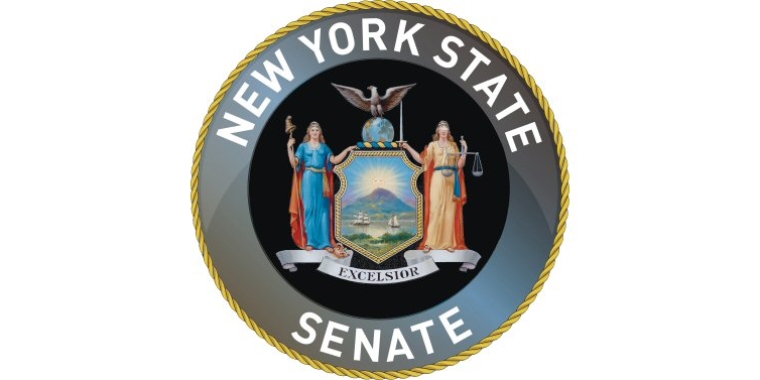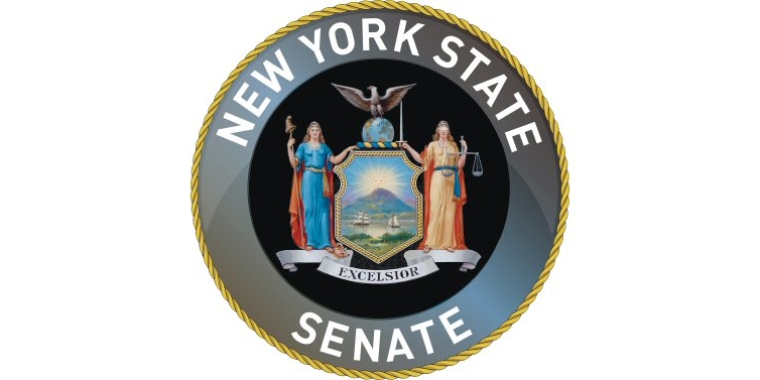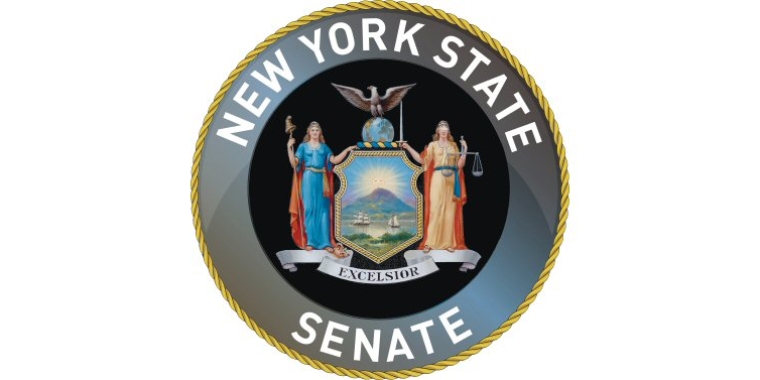Senators Young and Hannon Lead Effort to Help Rural Hospitals
Catharine Young
June 18, 2013
-
ISSUE:
- Agriculture
- Health
- Transportation
- Hospitals
-
COMMITTEE:
- Legislative Commission on Rural Resources
ALBANY— Many of New York’s rural hospitals are in danger of closing unless policy changes are made to strengthen them, according to Senator Catharine Young (R, I, C—Olean), who recently led a roundtable discussion with experts from across upstate to brainstorm solutions.
The session was a joint endeavor between Senator Young, Chair of the Commission on Rural Resources, and Senator Kemp Hannon (R, C, I—Garden City), Chair of the Senate Health Committee.
“Access to quality care through our rural hospitals is essential, yet rural hospitals are faced with financial concerns, and must confront a unique set of challenges. Workforce recruitment and retention difficulties have resulted in growing personnel shortages and a current shortfall of over 300 physicians in rural New York. A high volume of uninsured and elderly patients have left rural hospitals strapped for financial resources, and both geographic isolation and weather conditions prevent patients from accessing care,” Senator Young said.
“Rural hospitals play an invaluable role in our state’s most underserved areas. Often, they are the largest employer in their geographic regions and they represent the only point of access to care for many New Yorkers,” said Senator Young. “The ties between these healthcare providers and the communities they serve are significant as a community’s viability is directly linked to healthcare access and outcomes, economic development, and employment,” she said.
In light of significant changes being made to healthcare on both the federal and state levels, New York hospitals are being asked to examine the ways they deliver healthcare and are expected to adapt to an ever-changing environment. For the State’s rural providers, this means examining flexible models of healthcare delivery, collaboration with other institutions, and the utilization of innovative healthcare technology – including telehealth and telemedicine, according to the Senator.
“The Rural Resources Commission has worked extensively to bring telehealth and telemedicine to our communities as the technology represents an opportunity for the most rural areas of the state to capitalize on cutting edge developments. As healthcare continues to evolve, we must evolve with it,” said Senator Young.
Healthcare professionals at the roundtable spoke about these important initiatives, as well as other strategies to both reduce costs and improve outcomes in our most rural communities. CEOs from a number of healthcare facilities were present to share personal experiences and offer suggestions from their time in rural hospitals.
"We are grateful to the Commission and Senate Health Committee for taking the lead on seeking innovative solutions to stabilizing and protecting our fragile healthcare ecosystems across New York State. The significant changes resulting from health reform are going to require a transition strategy that is collaborative, adaptive, graduated, non-destructive, and, one that will successfully link today's payment and care delivery structures to the health systems of the future. The Roundtable was a great start to what we expect will be an ongoing dialogue around key issues that were identified," said Ann Morse Abdella, Executive Director of the Chautauqua County Health Network and a participant in the Roundtable.
“Senator Young truly has her finger on the pulse of what is happening in healthcare, and specifically the plight that those of us in rural healthcare face every day. I am optimistic that the discussion will lead to fruitful results that will benefit healthcare providers throughout the state. I am thankful that the Senate has recognized the need to address this topic and brought together voices from across the state to share ideas in a productive setting,” said Gail Speedy, Executive Director of Universal Primary Care and a Roundtable participant.
"Senator Young's roundtable event was a great step forward in the collaboration of providers and government for the residents of New York State. The issues that we discussed are issues that affect every New York provider of health services and, ultimately, every New Yorker. We welcome continuing dialogue so that we collaborate and solve the issues that we face as the health care delivery model continues to evolve on a local, state and federal level,” said Jarrod G. Johnson, Chief Operating Officer of Brooks Memorial Hospital.
“The importance of the discussion today cannot be understated,” said Senator Hannon, who was not able to attend the event due to the funeral of a colleague. “As we continue to publicly examine the future of SUNY Downstate, we cannot ignore the real concerns of our small community hospitals. First-hand accounts from these providers shed light on the unique concerns that our rural communities face, seek to balance the discussion and help us to evaluate our approach as we move forward.”
Senator Young concluded the event by noting that the discussion was one of many to come. “These discussions offered the opportunity to raise awareness for the distinct issues plaguing rural hospitals, opening a dialogue which we hope to continue to expand upon in the future.”
-30-
Share this Article or Press Release
Newsroom
Go to NewsroomStatement from NYS Senator Catharine M. Young (R,C,I-57th District)
February 28, 2019
Town of Mansfield Slated to Receive $300,000 State Grant
February 27, 2019


